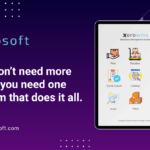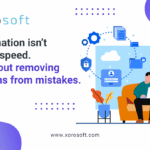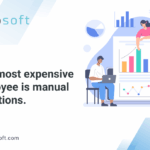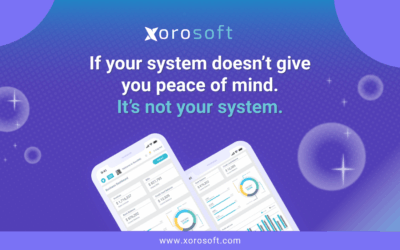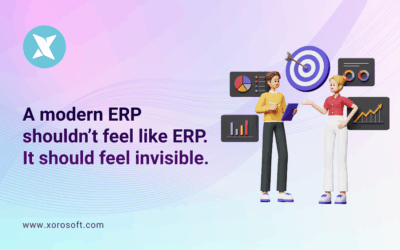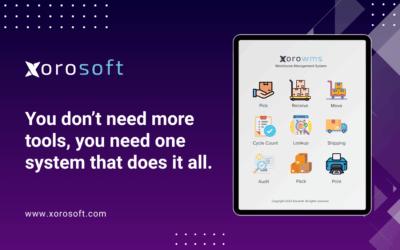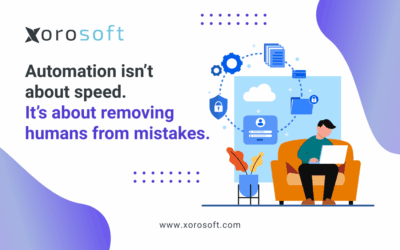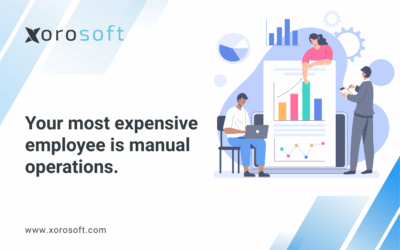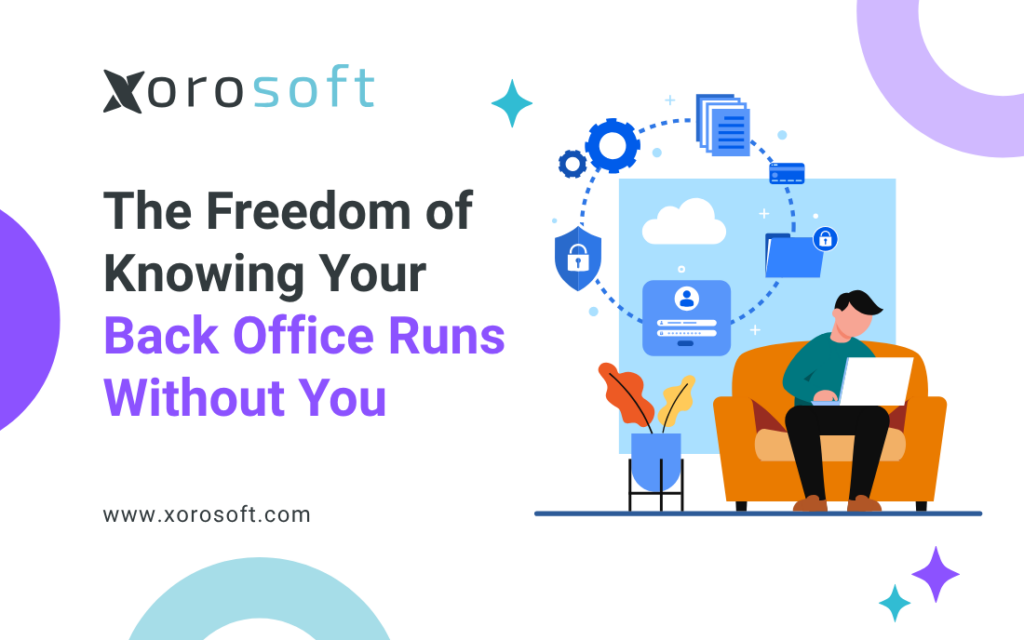
The Freedom to Focus on Growth
Back Office Automation gives ecommerce founders the freedom to scale faster. Running a fast-growing brand is exciting. However, manual back office tasks often steal time from the work that matters most—building your brand, serving customers, and launching new channels.
When pick accuracy slips, when invoices pile up, or when inventory data lags across Shopify and Amazon, growth slows down. Instead of leading your team, you get pulled into spreadsheets and endless status updates.
Back office automation solves this problem. As a result, you gain the confidence that orders, inventory, and finance are managed without your daily input. Not only that, it gives your team long-term consistency.
What’s Slowing Ecommerce Leaders Down Without Back Office Automation
Every founder and COO wants to stay focused on growth. However, friction points in the back office quietly erode that focus. These are the most common challenges:
-
Manual order routing between Shopify, Amazon, and wholesale
-
Inventory updates lagging across warehouses and 3PLs
-
Finance teams chasing down invoices and reconciling reports by hand
-
Customer service scrambling after late shipments and stockouts
-
Lack of real-time visibility into operations metrics
Because these issues compound as you scale, they don’t just create stress. In fact, they increase costs, damage customer trust, and limit your ability to expand into new channels. Along with this, operational inefficiency becomes a hidden bottleneck.
The Metrics That Prove Back Office Automation Works
Not every metric matters. Instead, chasing too many KPIs can create confusion. Therefore, focus on these five signals to know whether your back office is truly under control. What’s more, these metrics directly connect to profitability.
-
Pick accuracy: Are orders shipped correctly the first time?
-
Order cycle time: How quickly do you move from “buy” to “ship”?
-
Cash conversion cycle: How fast does revenue turn into working capital?
-
Stock turnover: How efficiently is inventory moving across locations?
-
On-time fulfillment percentage: Are promises consistently kept?
When these metrics trend positive, in other words, you can be confident that back office automation is delivering results.
Ecommerce Automation Playbook: Steps to Scale Operations
Scaling brands don’t need dozens of initiatives to fix their operations. Instead, a structured playbook with clear goals and measurable actions creates real momentum. Coupled with clear KPIs, this approach drives faster adoption.
Step 1: Define Your Top Priorities
Start by identifying the three biggest operational pain points. For example, these could be order errors, frequent stockouts, or reconciliation delays. To begin with, focus on the most frequent blockers.
-
Goal: Reduce noise from manual exceptions
-
Action: Map where humans step in and rank those issues by impact
-
Metric: Cut exceptions by at least 30%
Step 2: Automate Order Flow Across Channels
When orders flow through different systems, delays and errors become inevitable. On the other hand, automating routing across Shopify, Amazon, and wholesale creates stability. Even so, many teams still hesitate to centralize.
-
Goal: Eliminate manual routing
-
Action: Centralize orders into one system with rules for fulfillment
-
Metric: Reduce order cycle time by 25%
Step 3: Sync Inventory in Real Time
Lagging inventory updates cause overselling, stockouts, and poor customer experiences. Moreover, they frustrate your customer service team. By automating multi-warehouse updates, you eliminate guesswork. In contrast, manual sync almost always fails.
-
Goal: Prevent overselling and stockouts
-
Action: Connect warehouses and 3PLs to a single ERP system
-
Metric: Cut stockout incidents by 40%
Step 4: Standardize Procurement Processes
Procurement often hides inefficiencies. For instance, teams reorder late or forget to check vendor terms. As a result, unnecessary costs pile up. Subsequently, replenishment becomes reactive instead of planned.
-
Goal: Control spend and avoid delays
-
Action: Build purchase triggers tied to vendor catalogs and safety stock
-
Metric: Shorten procurement lead times by 20%
Step 5: Automate Finance Operations
Finance often lags behind sales, leaving leaders blind to cash flow. Meanwhile, they waste hours reconciling reports. Nevertheless, with automation, reconciliation and reporting move from monthly to weekly. At the same time, cash flow visibility improves significantly.
-
Goal: Improve cash visibility
-
Action: Automate invoicing, reconciliation, and reporting
-
Metric: Shorten the cash conversion cycle by 15 days
How Back Office Automation Transformed a DTC Brand
Consider a mid-sized DTC apparel brand selling on Shopify and Amazon. Before automation, the operations team struggled daily. For instance, here’s what they faced:
Before Automation (Problems)
-
Orders tracked manually in spreadsheets
-
Inventory updated only once a day
-
Promotions triggered frequent stockouts and errors
-
Pick accuracy stayed at just 88%
-
Finance reconciliation lagged four weeks
After Automation (Results in 90 Days)
-
Orders routed automatically across Shopify, Amazon, and 3PLs
-
Inventory synced in real time across warehouses
-
Finance processes closed weekly instead of monthly
-
Pick accuracy climbed to 98%
-
Order cycle time dropped by 27%
-
Cash conversion improved by 18 days
This shift allowed leadership to move away from firefighting. Instead, they focused on new product development and marketing campaigns. Consequently, customer satisfaction improved significantly because promises were consistently kept. Owing to this, the brand scaled into two new channels.
7-Day Plan to Kickstart Back Office Automation
If the idea of full automation feels overwhelming, begin with one week of structured action.
-
Day 1–2: Map your current flows. Note where humans step in unnecessarily.
-
Day 3: Rank your top three frictions. Above all, focus on those with highest ROI.
-
Day 4: Select one automation win, such as routing or stock sync.
-
Day 5–6: Pilot that win with one product line or warehouse.
-
Day 7: Measure results and draft a rollout roadmap.
This week of clarity creates a foundation for a 90-day transformation. In conclusion, small steps lead to big improvements. Ultimately, this discipline pays off at scale.
Common Concerns About Back Office Automation
Is ERP too big for my current size?
Modern ERP platforms are cloud-native and modular. You can start small and scale features as you grow.
How quickly can results appear?
Most brands see measurable improvements in cycle time and accuracy within 60–90 days.
Will my team need weeks of training?
In reality, no. Interfaces are built for operations teams, not IT. Most staff adapt in hours, not months.
Can it connect directly with Shopify and Amazon?
Yes. Xorosoft ERP App on Shopify integrates directly with Amazon, wholesale, and 3PLs.
How Xorosoft Simplifies Back Office Automation for Ecommerce Teams
You built your brand to grow, not to reconcile spreadsheets. With Xorosoft ERP, you gain:
-
A #1 Ease of Use ERP on G2
-
A Shopify App integration trusted by omnichannel brands
-
Real-time visibility into orders, inventory, procurement, and finance
👉 Book a demo today and discover how quickly your back office can run without you.


